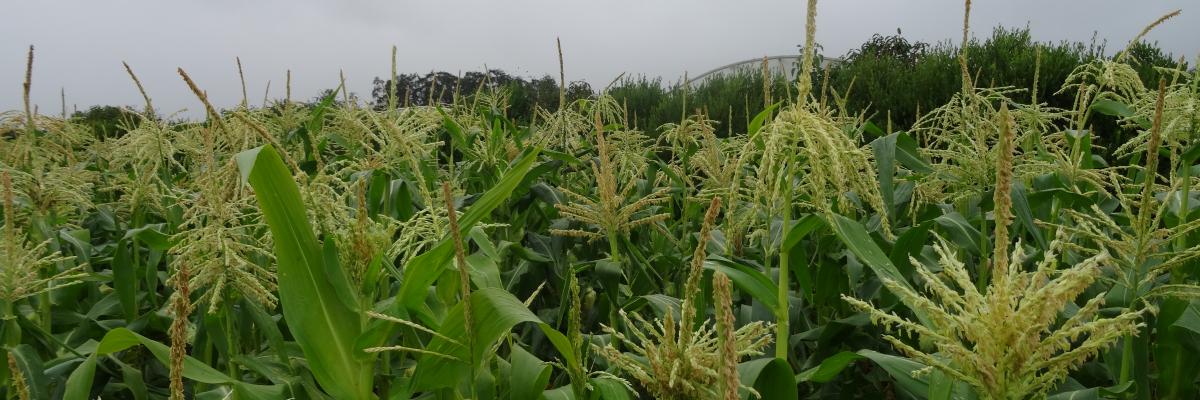
Diversification of silage maize cultivation by using winter cover crops enabled by ultra-early maize varieties
DiverIMPACTS Practice Abstract
Download the PDF
Continuous monocropping of silage maize is associated with non-intended impacts on production levels and the environment i.e. soil quality, pressure on biodiversity and ground water quality, and increased GHG emissions. To counteract these impacts, cover crops can be grown in the winter as a break crop between two maize crops. This abstract was created as part of the DiverIMPACTS (Diversification through Rotation, Inter-cropping, Multiple Cropping, Promoted with Actors and value-Chains towards Sustainability) project and is based on a long-term Dutch field trial which has run from 2009 to the present day. It outlines practical recommendations, advantages, and challenges of combining winter cover crops and early maize varieties. Using very early varieties ensures that the winter cover crops have more time to grow and increases their positive effects. They can potentially fix remaining nitrogen (N) from the soil which can then be released in the next growing season. Cultivating a winter-hardy cover crop after silage maize can also reduce nitrate leaching by up to 60%.
- Winter-hardy cover crops can include winter rye and ryegrass, and red clover, winter pea and other legumes can be added in a mixture to fix extra N.
- After harvesting silage maize, cover crops can be sown without additional tillage if a field is free of deep harvest traces. They can also be undersown.
- After winter, cover crops can be mown for livestock feed or used as green manure.
- Before sowing maize the following season, strip tillage can be useful in preparing a good seedbed for the maize. Proper seedbed preparation for the following winter crop is also crucial.
- Ultra-early short season maize varieties ensure that cover crops have a longer growing time which helps to maximise their benefits on soil quality and weed control. Sowing time can be delayed with these varieties, which can also be beneficial for weed control.
The overall goal of the DiverIMPACTS project is to achieve the full potential of diversification of cropping systems for improved productivity, delivery of ecosystem services and resource-efficient and sustainable value chains. View the project website and other practice abstracts here.

